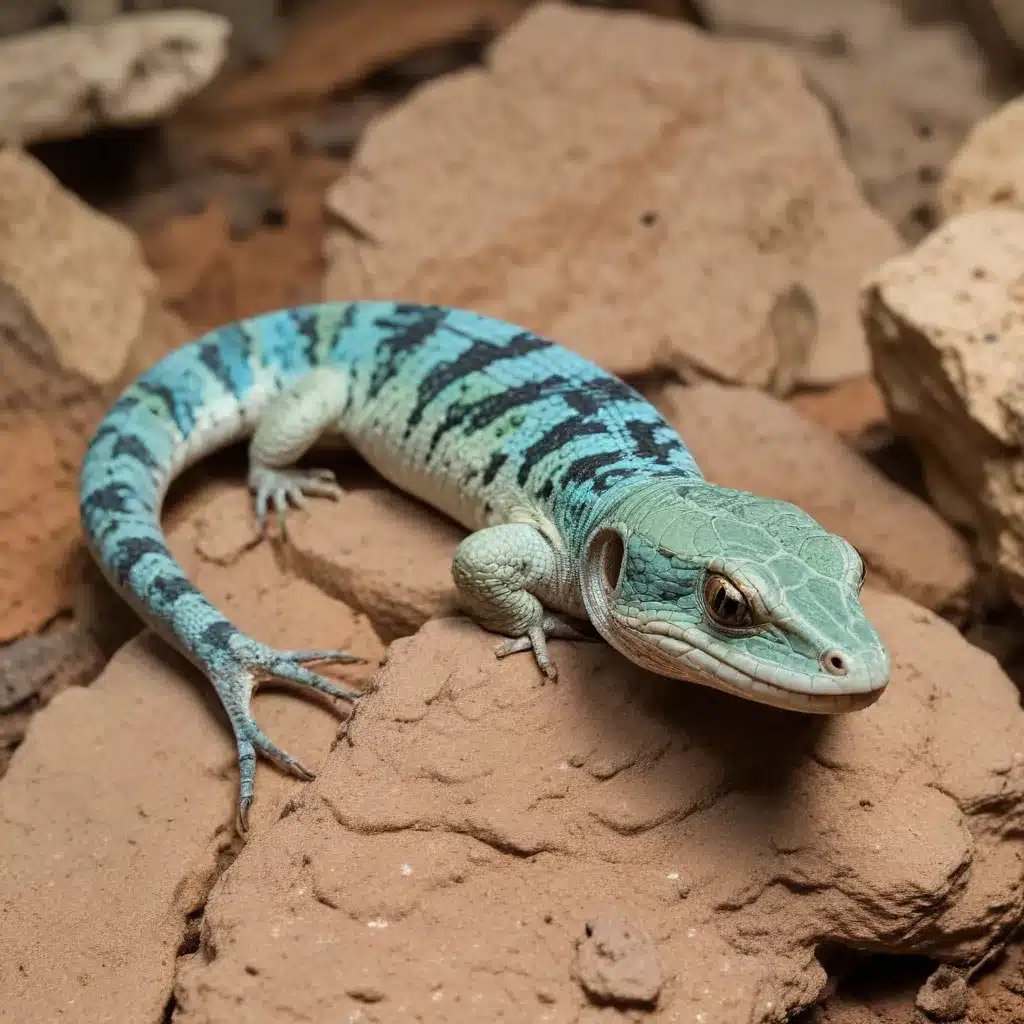
Maintaining Healthy Captive Breeding Programs
Responsible reptile enthusiasts and breeders understand the importance of preserving genetic diversity within captive populations. In the exotic reptile trade, there is a delicate balance between meeting the demand for rare and unique species and ensuring the long-term viability of these animals. This article will explore best practices in reptile husbandry, breeding techniques, and legal considerations to help safeguard the genetic integrity of captive reptile populations.
The Significance of Genetic Diversity
Genetic diversity is the foundation for a species’ ability to adapt and thrive in the face of environmental changes, diseases, and other challenges. When a captive population is established from a small number of founder animals, it can quickly become genetically limited, leading to inbreeding and the loss of beneficial genetic traits. This can make the population more susceptible to health problems, reduced fertility, and even extinction.
Maintaining a broad genetic pool is crucial for the long-term survival of captive reptile species. Responsible breeders must carefully select breeding pairs to maximize genetic diversity, avoid close line-breeding, and regularly introduce new bloodlines to the captive population. This not only preserves the species’ natural adaptability but also ensures a robust and resilient gene pool for future generations.
Captive Breeding Techniques for Genetic Diversity
Successful captive breeding programs for exotic reptiles require a multifaceted approach to maintaining genetic diversity. Here are some key techniques breeders should employ:
-
Outcrossing: Introducing unrelated individuals into the breeding program can help infuse new genetic material and prevent inbreeding. Breeders should regularly seek out individuals from different geographic locations or lineages to diversify the gene pool.
-
Rotational Breeding: Rotating breeding pairs and avoiding mating closely related individuals can help minimize the accumulation of deleterious genetic traits. Breeders should keep detailed records of their breeding programs to track lineages and avoid inadvertent inbreeding.
-
Managed Breeding Programs: Collaboration between breeders, hobbyist organizations, and conservation groups can facilitate the development of coordinated breeding programs for endangered or at-risk reptile species. These programs use scientific data and genetic analysis to strategically manage the breeding of captive populations.
-
Cryopreservation: The storage of genetic material, such as sperm or embryos, can provide a valuable genetic “bank” for future use. This can help maintain genetic diversity and facilitate the reintroduction of captive-bred animals into the wild, if necessary.
-
Monitoring and Evaluation: Regularly assessing the genetic health of captive populations through genetic testing and analysis is crucial. This can help breeders identify potential bottlenecks, detect inbreeding, and make informed decisions about breeding strategies.
Legal Considerations for Exotic Reptile Breeding and Sale
The trade in exotic reptiles is subject to a complex web of local, state, and federal regulations. Responsible breeders and sellers must be aware of and comply with all applicable laws and regulations to ensure the legal and ethical handling of these animals.
Some key legal considerations include:
-
Licensure and Permits: Many jurisdictions require breeders and sellers of exotic reptiles to obtain specific licenses or permits. Failure to comply with these requirements can result in hefty fines or even legal penalties.
-
Species-specific Regulations: Certain reptile species may be subject to additional restrictions or endangered species protections. Breeders and sellers must research and adhere to all relevant regulations for the specific species they are working with.
-
Record-keeping and Traceability: Detailed record-keeping is essential for demonstrating the legal origins and breeding histories of captive-bred reptiles. Proper documentation can help ensure compliance with regulations and facilitate the legal sale and transport of these animals.
-
Import and Export Regulations: The international trade of exotic reptiles is governed by laws and treaties, such as the Convention on International Trade in Endangered Species of Wild Fauna and Flora (CITES). Breeders and sellers must be aware of and comply with all applicable import and export requirements.
-
Humane Care and Welfare: Reptile breeders and sellers must ensure the proper housing, feeding, and veterinary care of their animals. Failure to meet minimum care standards can result in legal consequences and reputational damage.
By understanding and adhering to these legal requirements, reptile enthusiasts and breeders can help ensure the responsible and sustainable management of captive reptile populations.
Captive Breeding Success Stories
While the challenges of maintaining genetic diversity in captive reptile populations are significant, there are numerous success stories that highlight the positive impact of well-managed breeding programs.
One such example is the restoration of the crested gecko (Correlophus ciliatus) population. This species was once believed to be extinct in the wild, but captive breeding initiatives have not only prevented its extinction but also allowed for the reintroduction of genetically diverse individuals back into their native habitats.
Similarly, the breeding and conservation efforts for species like the Galapagos tortoise (Chelonoidis spp.) and the Komodo dragon (Varanus komodoensis) have been instrumental in safeguarding these iconic reptiles from the threat of extinction. Through rigorous genetic management and collaborative breeding programs, these species have been able to maintain healthy captive populations and, in some cases, reestablish wild populations.
These success stories demonstrate the immense value of responsible captive breeding and the critical role that genetic diversity plays in the long-term survival of exotic reptile species. By emulating these best practices, reptile enthusiasts and breeders can make a meaningful contribution to the preservation of these remarkable creatures.
Conclusion
Preserving the genetic diversity of captive reptile populations is a complex and ongoing challenge, but one that is essential for the long-term viability of these species. Responsible breeders and reptile enthusiasts must prioritize genetic management, adhere to legal requirements, and collaborate with conservation groups to ensure that captive populations remain healthy, adaptable, and resilient.
By embracing these principles, the exotic reptile community can not only meet the demand for these animals but also play a vital role in safeguarding their future. Through a combination of scientific, ethical, and legal practices, we can work together to protect the genetic integrity of captive reptile populations and secure their place in the natural world.

